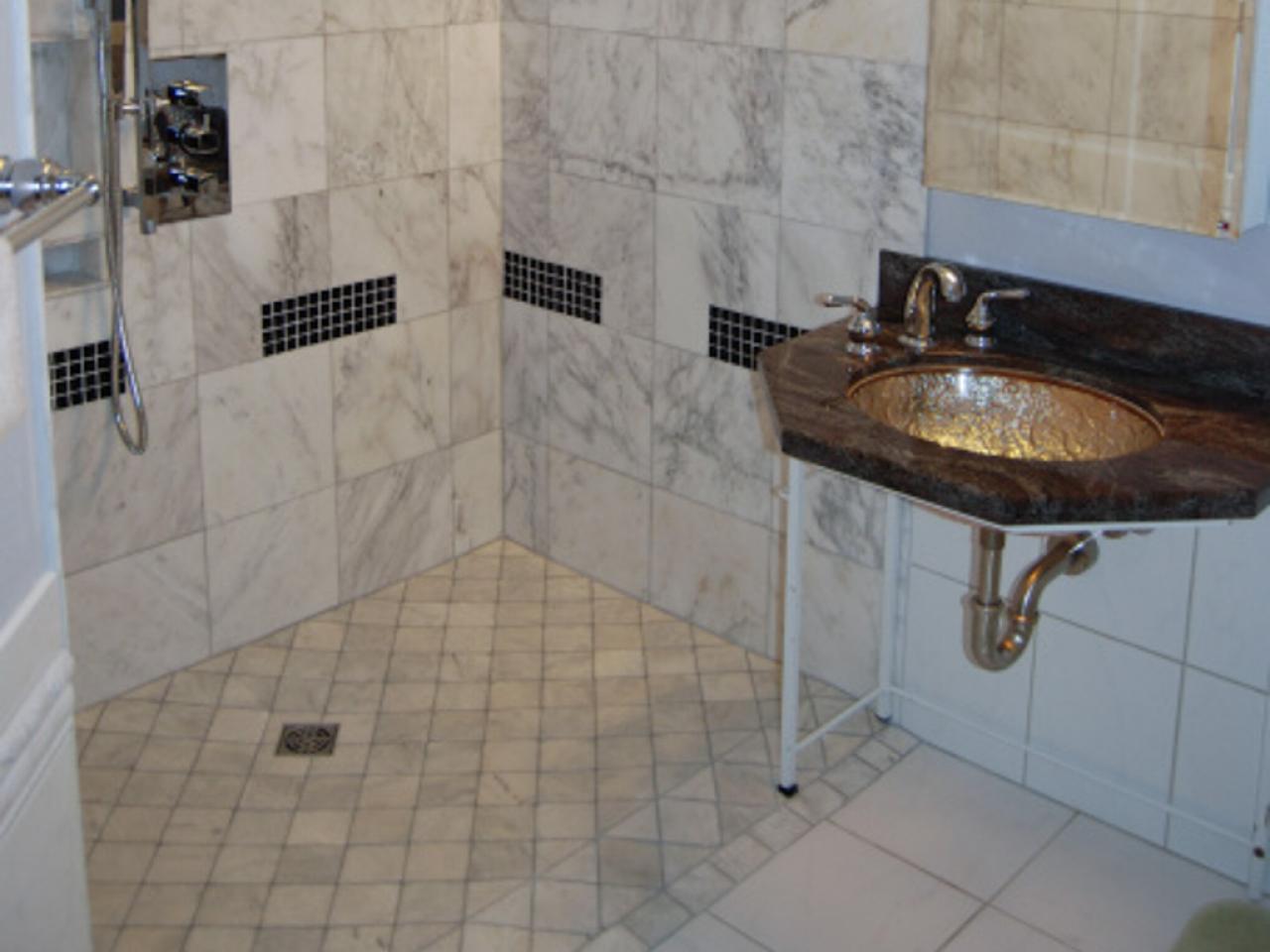accessible bathroom design ideas

gender neutral toilets and the politics ofit have seen a lot of discussion in recent years in the news media and online. but as someone who designs architectural spacesthat have toilets, i wanted to find out the practicalities of designing gender neutralwashrooms from a functional and design perspective. is it practical to design a space with genderneutral toilets? what are benefits and drawbacks? and, what are the building code barriers thatprevent us from doing so? one of the primary benefits of gender neutraltoilets is that anyone, regardless of gender, can use whatever washroom is available.
but while many people think that gender neutraltoilets only help trans people and other sexual minorities, there are actually many otherbenefits that can help everyone. one benefits is that it can eliminates situationswhere the women’s washroom line up is out the door while the men’s washroom is nearlyempty or vice versa. biologically - women require more time usingthe toilet than men - which often results in longer lines waiting to use the women'sroom. in addition there are places like sports stadiums,or other public event spaces where sometimes the attendees are predominately one genderor the other. and it's also possible for some workplaceto have more of one gender than another.
i know i have definitely gone into the men'sroom when i just couldn't hold it anymore. and if washrooms were gender neutral - thiswould alleviate a lot of unnecessary line ups. and weird looks. the other benefit is that it allows parentswho have opposite sex children to accompany their children into the washroom if they don’tfeel safe leaving them alone in a public space. it also allows adults who are caregivers toopposite sex elderly or physically disabled relatives from accompanying that person intothe washroom. some public spaces already provide familywashrooms to mitigate this problem but these facilities are still few and far between andas some of you are probably aware - children,
older adults, people with disabilities andpeople with illnesses are usually not the best at “just holding it in." the next benefit, from an architectural designperspective - is that gender neutral washrooms could be more efficient when it comes to spaceplanning. instead of having to provide two separaterooms, now we may only provide one - potentially saving some areas in circulation, partitionwalls, and plumbing cavity spaces. this allows more room for the primary activityof the space and potentially saving the user in real-estate costs. of course, it’s also important to considerthe potential drawbacks.
many people - male, female, or gender non-conforming- are uncomfortable with going to the toilet close to other genders, due to various concernsrelating to privacy, cultural preferences and safety. this is of course where the debate often getsheated, especially in comment sections i'm sure this one below will be no different. as for my personal preference, based on theaforementioned history of running into men’s rooms when i really gotta go, growing up inthe rural regions of a developing country where most toilets looked like this. actually thats probably one of the nicer ones.
and living in co-ed university dorms withunisex toilets for four years, i don’t really care where i go as long as i get to go. but - i understand that not everyone is likeme and would prefer to have some other options. one way to achieve this is to provide allthree washroom options - male, female, and gender neutral. however - this really doesn’t help withthe whole “efficiency in space planning†approach. so the best option is to incorporate moresingle-user washrooms, or toilet stalls that are fully partitioned, and provide more privacy.
many local building codes already mandatea single-user universally accessible toilet room, which in this case can also double astoilet rooms for people who just prefer to do their business alone. but this now leads us to the most tricky problem. is it even possible to make all the toiletfacilities in an entire occupancy gender neutral even if you wanted to? unfortunately - most places in north americadon’t make it very easy to implement non-gendered washrooms. codes vary depending on what state, provinceor city you live in, but most building codes
actually require toilet rooms to be distinctivelysegregated and be clearly marked as either male for female. in some cases, if your establishment (suchas a small restaurant) is small enough to only have to provide one or two toilets, thenthose are generally permitted to be non-gendered. but for larger occupancies, usually the buildingcodes require them to be planned based on separated male and female rooms. so yes, until laws reform and building codesadapt, providing gender neutral toilets is going to require quite a bit of clever maneuveringaround building codes in order to be implemented. so those are just my two cents, as a userand designer of washrooms.
but what do you guys think? do you prefer to go to gendered or non-genderwashrooms? do you wish there were more private, fullpartitioned stalls? are there other ways public toilets can bedesigned that will improve your toilet going experience? feel free to argue in the comments! thanks so much for watching. if you enjoyed this video, here are some moreyou can check out. and don’t forget to subscribe for more tocome.
thanks! bye!
0 Response to "accessible bathroom design ideas"
Post a Comment